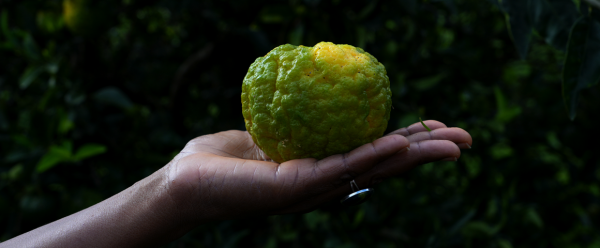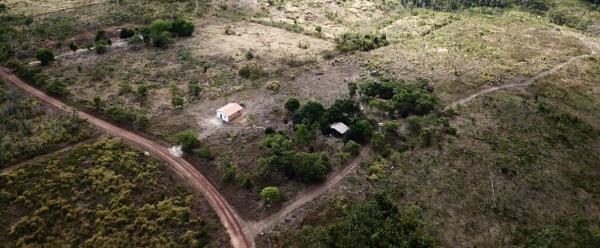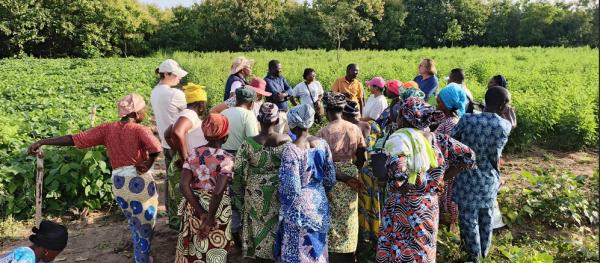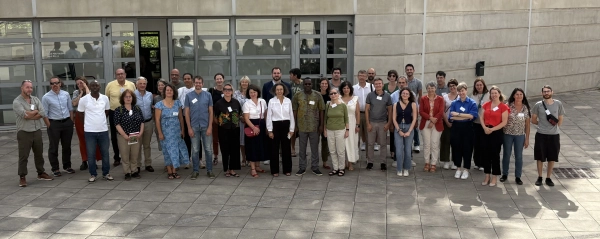Science at work 16 December 2025
- Home
- Our activities, our impact
- Priority research topics
- Biodiversity

Biodiversity
Helping rural societies adapt and transform biological, technical and social systems to ensure their resilience means pinpointing the regulatory effects of biodiversity, and the disruptions it can cause.
The research being done by CIRAD and its partners is recognized and will be stepped up to:
- understand the role of genetic and species biodiversity in regulating agricultural systems, including understanding and regulating pathosystems within the plant and animal kingdoms;
- study and understand the impact of transformations, disruptions and fractures on various spatial and temporal levels that either gradually or suddenly modify biodiversity;
- assess the effects of different biodiversity management methods in the biology, technology and social fields;
- mobilize wild or cultivated species or mixtures of species that generate ecosystem services;
- build collections and information and documentation systems on biodiversity, the services it renders, and the interactions it sustains;
- support decisions on drafting and applying biodiversity policy and regulations. CIRAD has specific expertise and tools for this.
The lines of research to be explored should make it possible to:
- adapt the major species to climate change, broaden the range of cultivated species and varieties that satisfy new criteria, and identify and make use of previously largely unstudied plant species that could serve to diversify the possible responses to global change;
- understand and exploit the interactions between species, and between species and ecosystems, and combine plant and/or animal species to generate synergies and optimize the supply of services and manage risks, emerging diseases and epidemics, and their impact and regulation more efficiently;
- coordinate production operations, local expertise and rights-of-use in terms of biodiversity, to support innovation and build levers for resilience and development;
- understand and propose systems for the conservation or sustainable management of natural tropical ecosystems (forest systems, protected areas, preserving landscapes from fragmentation, etc);
- understand and analyse changes in the compromises, conflicts, controversies and facilitation systems linked to the juxtaposition or succession of agrosystems and natural ecosystems over time (land sparing vs land sharing), by developing appropriate indicators and information systems;
- manage biodiversity information and documentation systems and appropriate genetic resource collections, ex situ and in situ.

































